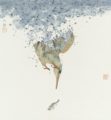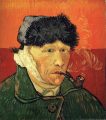While many of the most famous paintings in art history have been on a monumental scale, miniature paintings offer us a powerful and evocative insight into past lives. In a world before photography, miniature paintings played a crucial role in both personal and diplomatic relationships, and were prized for their technical virtuosity and portability.
The origins of European miniature painting
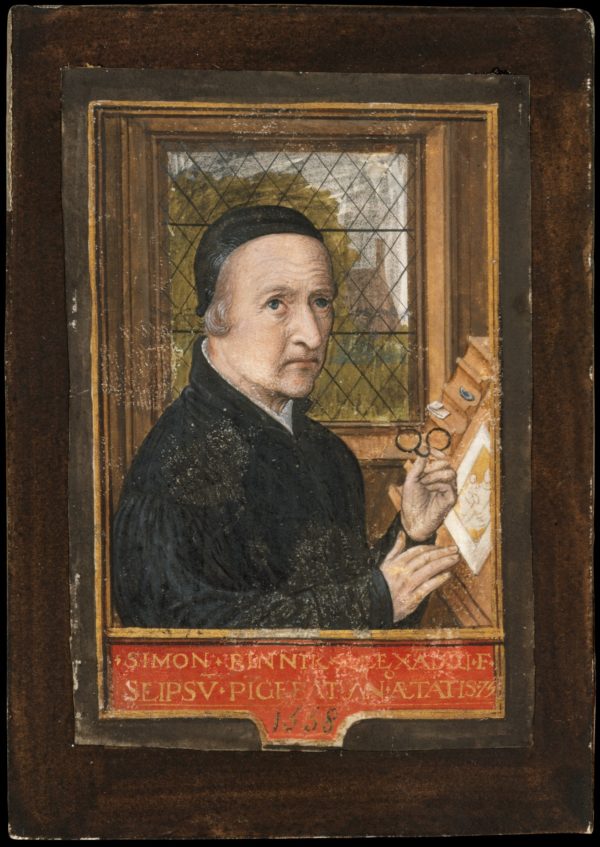
The term ‘miniature’ derives from the Latin word ‘miniare’, meaning ‘to colour with red lead’, and points to the origins of miniature painting in medieval illuminated manuscripts, which were illustrated using the pigment, also known as minium. Illuminated manuscripts were highly valued throughout the Middle Ages and into the Renaissance. However, after the invention of the printing press in 1440 they increasingly had to compete with printed books. In response, artists specialising in illumination, such as the Flemish painter Simon Bening (c.1483–1561), began to diversify their income by producing separate miniature paintings for patrons, either as objects of devotion or luxury goods to be enjoyed by connoisseurs.
The ‘golden age’ of portrait miniatures
In the 1520s, two Netherlandish artists, Jean Clouet (1480–1541) and Lucas Horenbout (c.1490-1544), began producing portrait miniatures for the courts of Francis I in France and Henry VIII in England. Portrait miniatures were employed by European monarchs as diplomatic gifts or to reward faithful courtiers but also in marriage negotiations. Later, in the court of Elizabeth I, they were encased in precious mounts and worn to display loyalty to the Queen and were adopted more widely by the elite to serve as tokens of friendship or love.
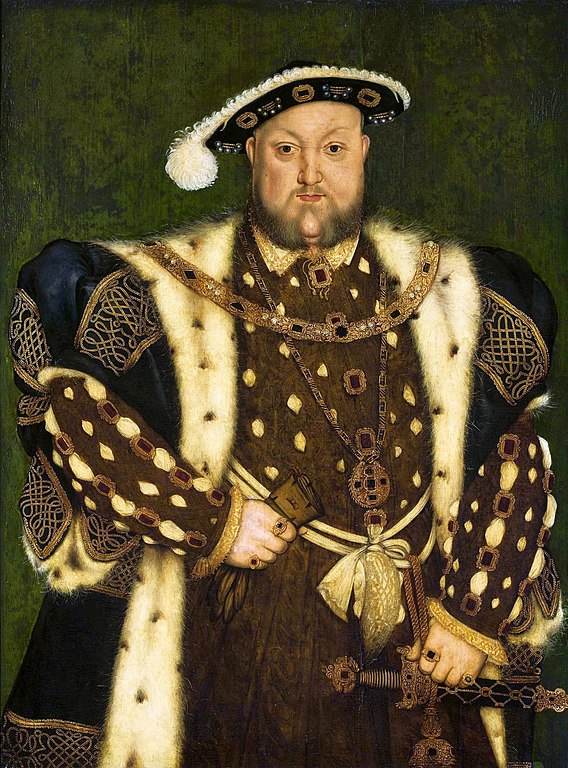
From ‘genteel pastime’ to global trade
Early miniatures were mostly painted in watercolour and gouache on vellum, but in the 17th century French artists began to paint in enamel on metal surfaces, and in around 1700 the Venetian artist Rosalba Carriera (1673–1757) adopted the practise of painting on ivory. This innovation spread throughout Europe, fuelling a revival of interest in painting miniatures, particularly by amateur artists who embraced the medium as a genteel pastime.
From the late-18th century onwards, growing wealth led to a wider market for portrait miniatures, particularly in England where numerous young artists offered clients likenesses of family and loved ones in regional centres such as Liverpool. British artists such as John Smart, Ozias Humphry, and Diana Hill even travelled to India, enjoying great success by depicting employees of the East India Company and their families.
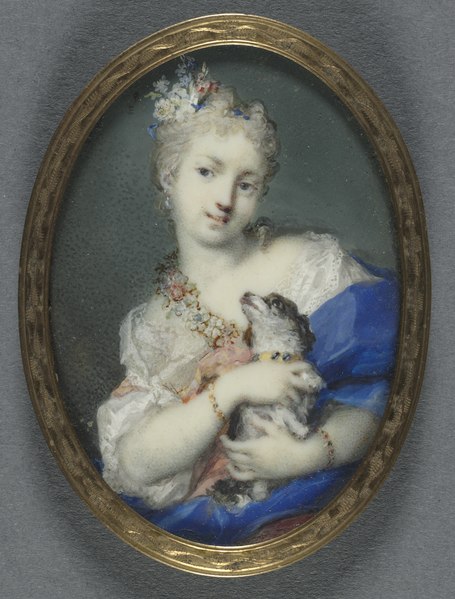
The decline of portrait miniatures
In the 19th century technological innovation once again represented a threat to artists, with the introduction of photography in 1839 providing a wider public with more affordable and accurate likenesses. Many artists serving the cheaper end of the market became photographers, or were forced to earn a living by colour-tinting black and white photographs. Few now trained as miniaturists, and by the middle of the century miniatures were rarely exhibited at the Royal Academy.
A revival of interest
Although photography eliminated the practical demand for portrait miniatures, in the second half of the 19th century attempts began to be made to revive the art form. In 1863 the South Kensington Museum (now the Victoria and Albert Museum) held an ambitious exhibition devoted to miniatures, and in 1896 the Society of Miniature Painters was founded in London. Awarded a Royal Charter in 1904, it continues to flourish as the Royal Society of Miniature Painters, Sculptors and Gravers, holding an annual exhibition of over 700 works.
The virtuosity required to paint on such an intimate scale continues to be admired and embraced by artists today, who have adapted the techniques of miniature painting to depict a far wider array of subjects, including landscapes, still lifes, and wildlife and botanical art.
Tempted to try miniature painting?
Miniature painting undoubtedly represents an exciting challenge for artists: Elizabeth Meek, MBE, Honorary President of the Royal Society of Miniature Painters, Sculptors and Gravers, describes its requirements as “concentration, stillness of mind and body, and a dogged perseverance for perfection — the perfect miniature needs to be devoid of errors.”
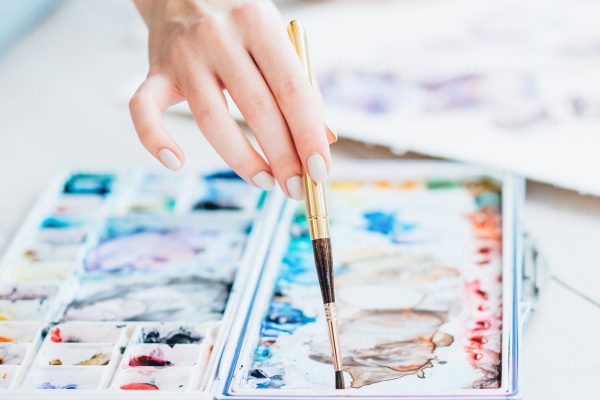
Watercolour is the traditional medium of choice for miniature painting, with artists employing techniques such as stippling and hatching to build up layers of colour and detail. Alternatively, you may wish to use acrylic, which is fast-drying and forgiving, as it allows mistakes to be painted over easily.
Whichever medium you choose, you’ll need to work on a smooth surface, such as a hot pressed watercolour paper (Arches is a popular choice). Vellum and polymin (a man-made alternative to ivory) both provide smooth, non-absorbent surfaces and a luminous quality.
Brushes are also important: Miniature painting uses the tip of the paintbrush, rather than the body. Many miniaturists use kolinsky sable, but if your art shop has a limited supply of sizes, Polymers Plus is a specialist supplier.
As most miniaturists work on surfaces no larger than around 15 cm x 10 cm, you might also wish to invest in a magnifying glass, which should provide magnification at a scale of three or four times.


